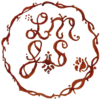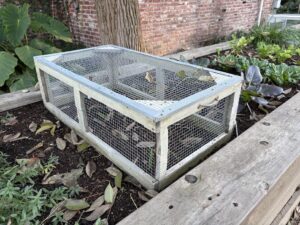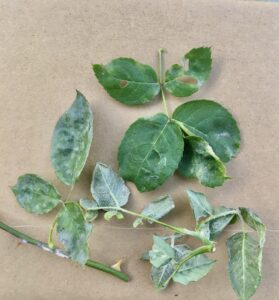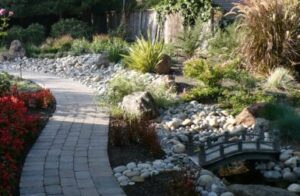Time for some Lawn Care- May
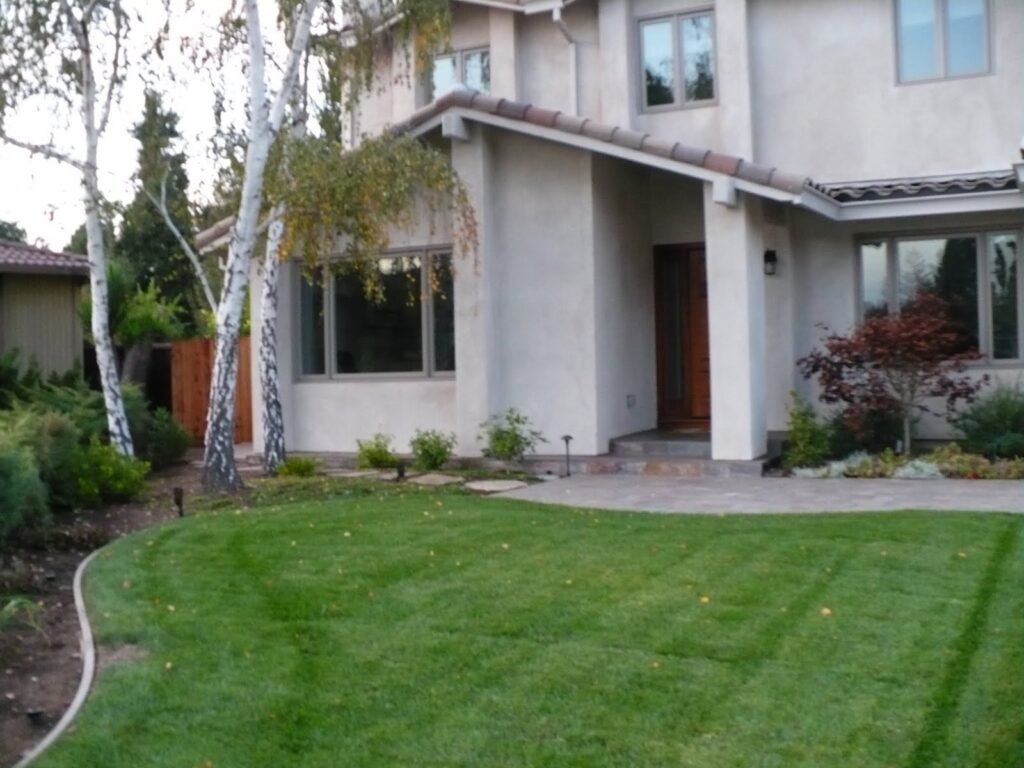
I have been noticing a lot of yellowing lawns of late. It is time for some lawn fertilizing! This year we have these late rains that will help wash down the fertilizer into the ground even better.
Fertilizer gets tied up easily in our heavy clay soil so it needs a lot of “leaching” or heavy watering or rains to get it down into the soil. The lawn above is looking good- a nice medium to dark green and very even in color.
I don’t really recommend any certain brands as there are a ton but you can go with your preference as to organic or un-organic type. A balanced 10-10-10 or some close variation of those numbers is good. Use a drop spreader or broadcast spreader to apply the small granular and wash in well because fertilizer can be very burning in any form. Follow instructions on the bag carefully to avoid burned patches.
Lawn fertilizer comes with or without weed herbicides. The “weed and feed” type controls broadleaf weeds in the lawn and works well- do not use in planting beds! It has an herbicide in it that can harm broadleaf plants.
If you get lawn fertilizer without herbicide in it then it can also be used for flower beds around your home. Wash leaves off after application to avoid burning.
You will probably use both types over the course of the year so having the two types on hand is o.k.
For planting beds I like to use ‘Osmocote’ slow release fertilizer because it lasts for 6-10 months and is relatively non-burning. It takes awhile to work into the soil so if you need fast results this is not the thing. It can be used on lawn but is not as good as regular lawn fertilizer due to its slow action.
Lawns typically are fertilized every 6 weeks in the growing months- March-November.
I have noticed that gardening services are pretty random about this and are lax in feeding the garden. You don’t want to over do it by fertilizing if your gardener has already done it so a frank conversation is in order. In general if the garden has a light green-yellow tinge in late spring/early summer it is a sign that no nitrogen/fertilizer is being applied. Grass should be “grass green” not light green.
In planting beds adding fertilizer then mulching or adding compost to the area in a 1-2″ layer
will help feed the plants and hold in moisture. Pull mulch or compost away from plant crowns to avoid crown rot.
Topdressing lawn with fine soil conditioner is a similar idea to this for the lawn. This is normally done when adding seed for thin spots. Fill dips, low spots or holes with clean, coarse sand and over seed as needed then top dress. This helps keep the lawn even.
Dethatching and aerating is the last task in lawn maintenance. Aerating can be done every other year. Dethatching is done every 5-7 years or more. A lawn service can do this or you can rent the equipment to do it yourself.
Clean your mower and sharpen the blades or have a tool maintenance shop do it. Set mower to have the blades of grass be 1 1/2″ long. The longer blades help the lawn to be more tolerant to low water. Ask your gardener to do these things if you have one. Use mown grass blades in your compost- they add nitrogen to the compost.
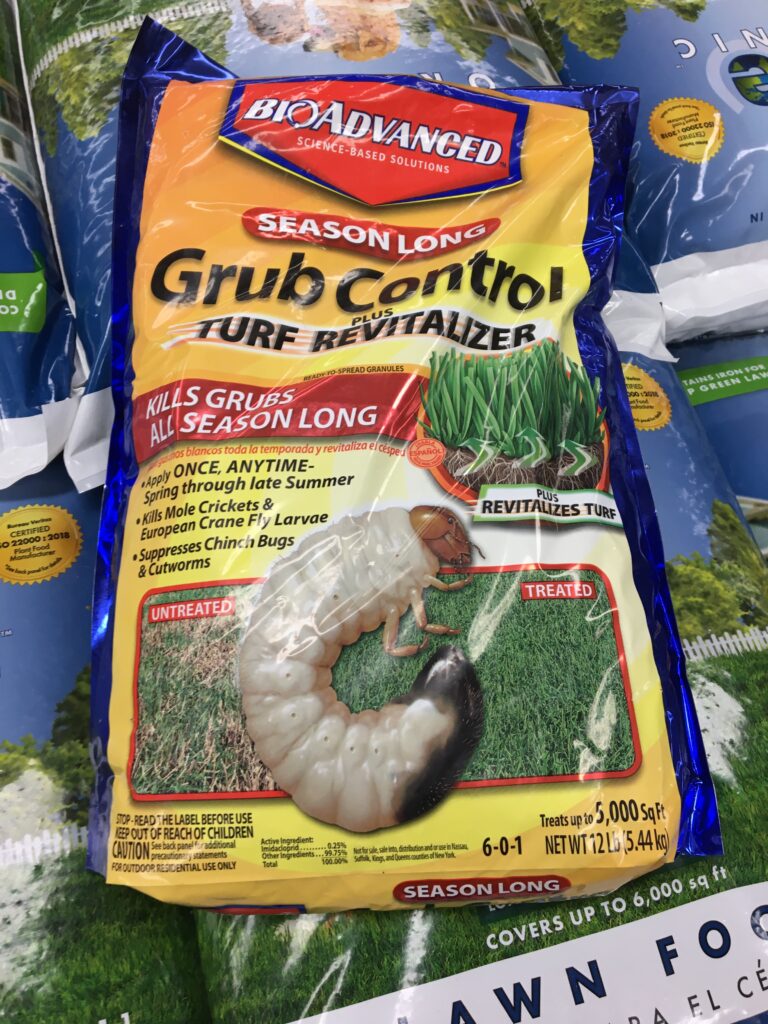
Grubs are a common problem in lawns. They eat off the roots of the grass and so the lawn becomes patchy with areas of dead spots. The grubs become moths and can spread through a whole neighborhood. Ask the nursery person in your local area the best time to treat them despite this packages label!) The grubs are active only part of the year and it can vary by regional climate. If the racoons are digging in the lawn or the crows are actively look for food on the grass that is another sign that you have lawn grubs. Best to treat for them so this insect doesn’t destroy your turf- or the racoons either!
Last note- do not use Chem-lawn or services that come out to do fertilizing for you. They are using too much chemical fertilizer, too often and making a toxic environment for your family and the community -not to mention the creatures living in the garden! It is better to under-do than overdo it with chemical fertilizers!
Enjoy the green and protect your lawn health for a longer lasting turf.
